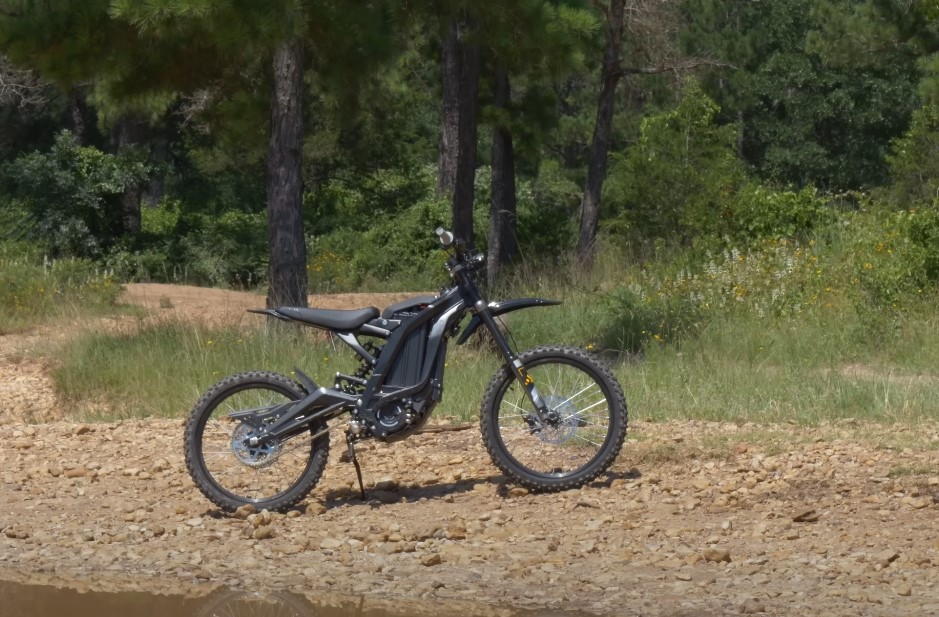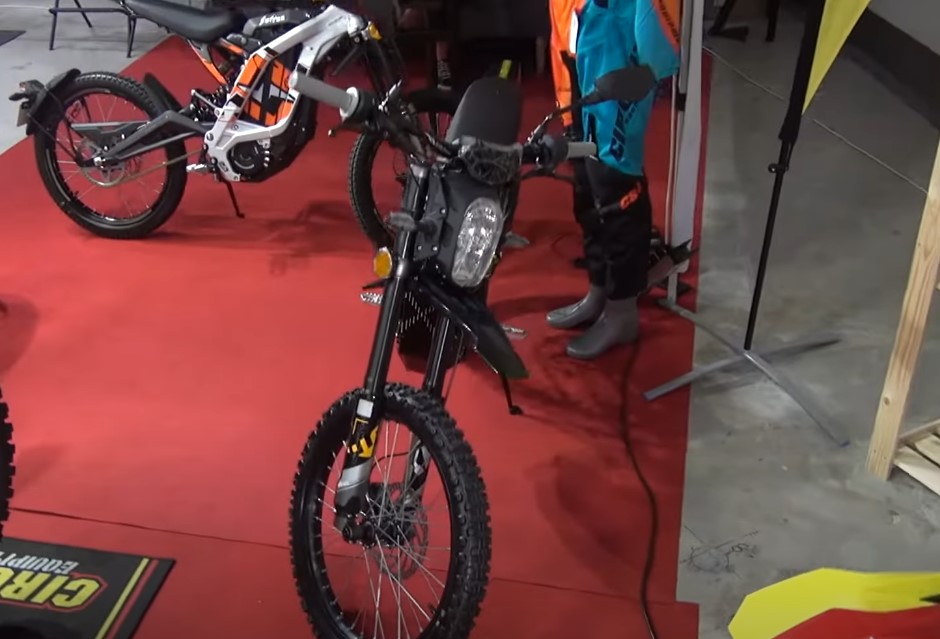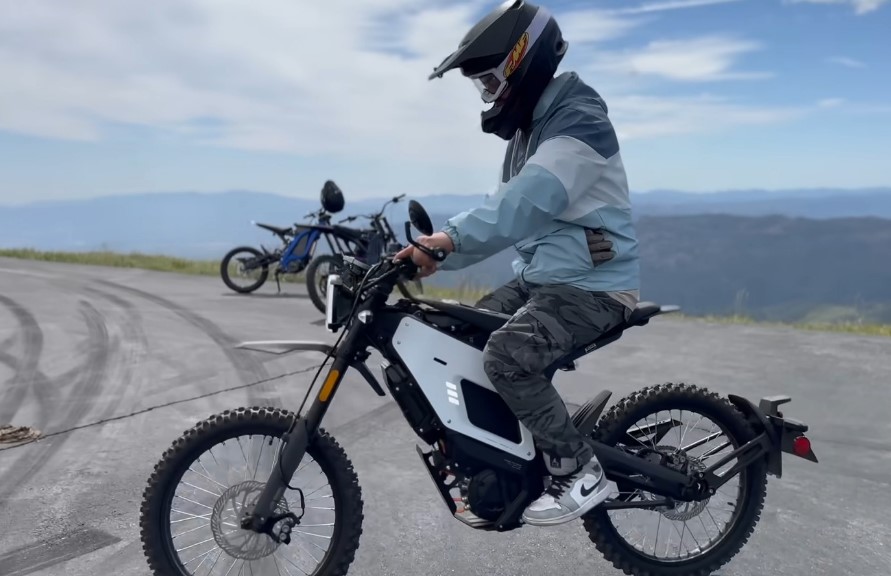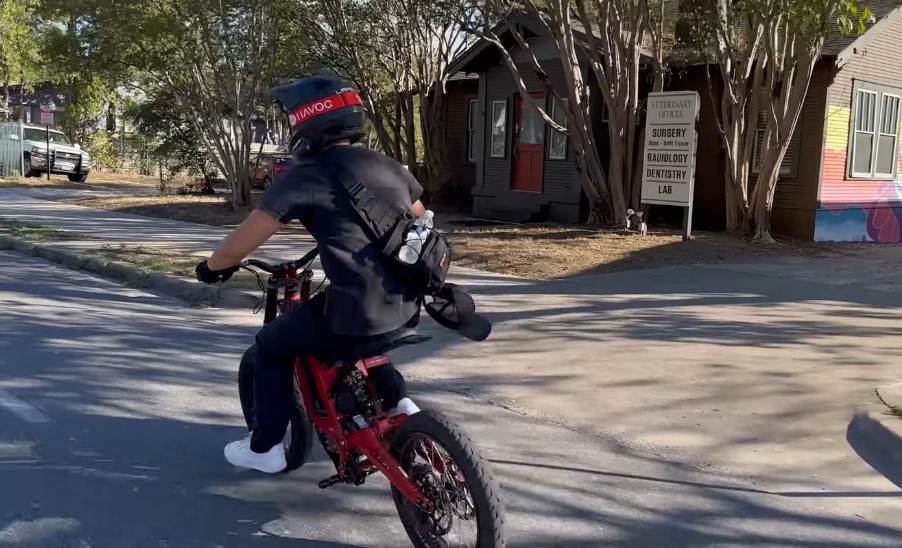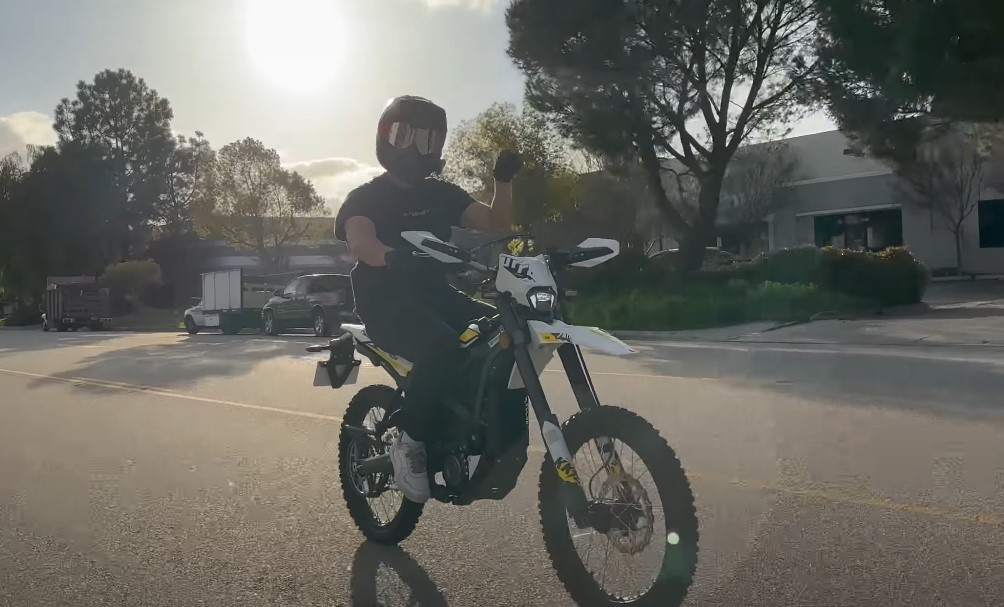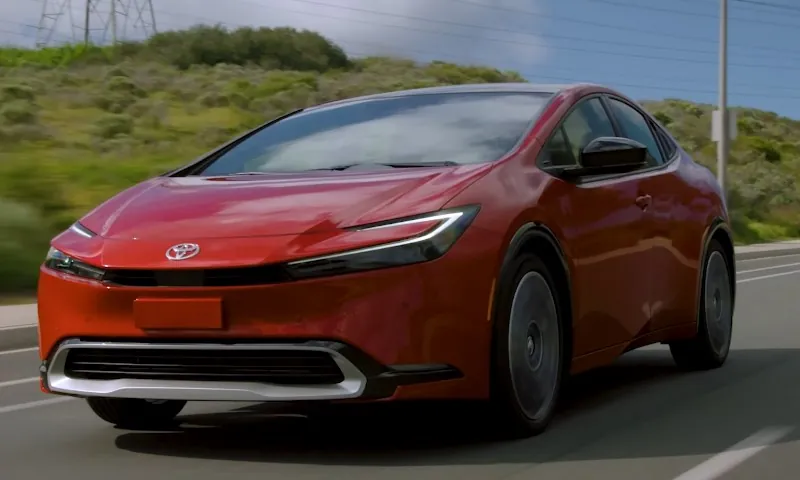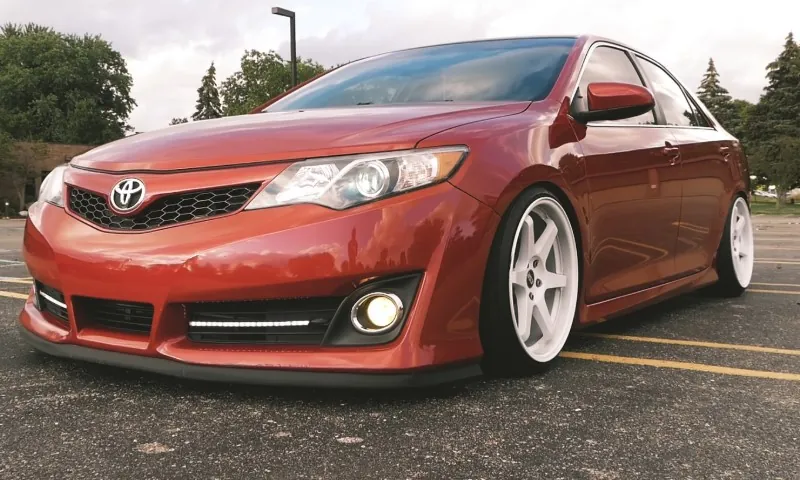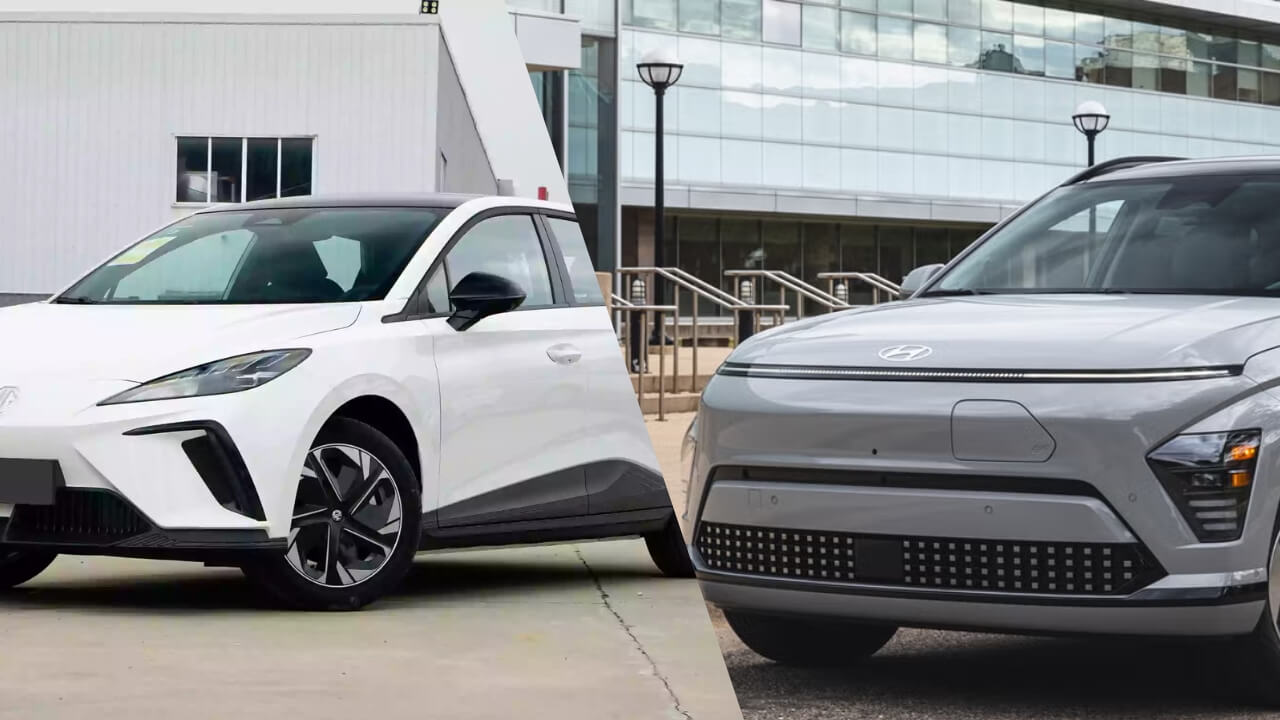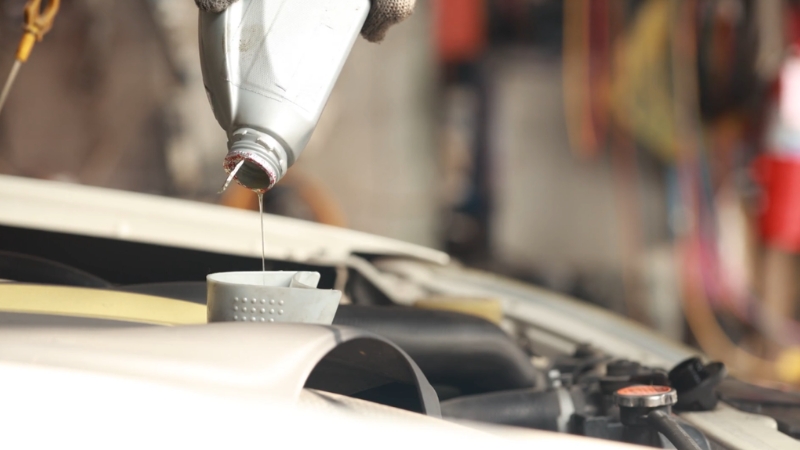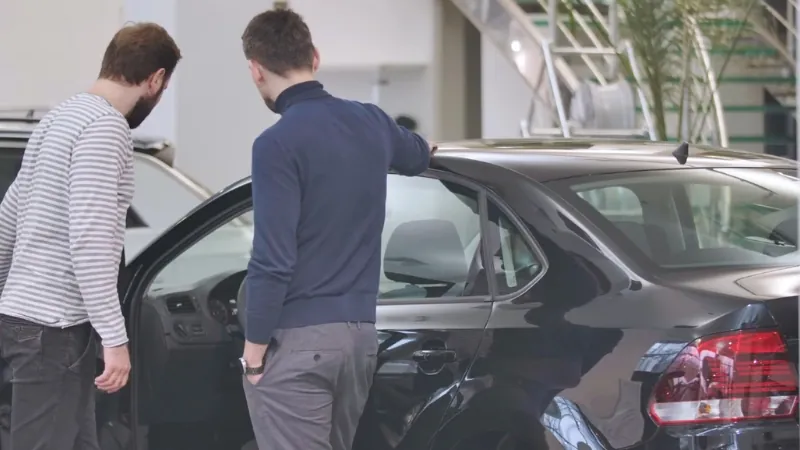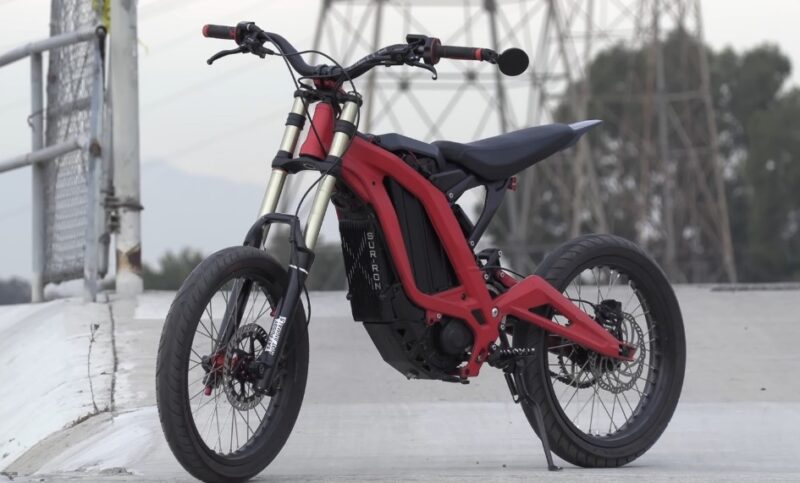
Share Post:
Surron electric bikes, especially the highly popular “Surron Light Bee,” have made quite an impact among electric off-road enthusiasts. These bikes are known for their power, speed, and versatility, making them a thrill to ride.
But when it comes to taking them from the trail to the street, there’s a lot to consider. In short, are Surrons street legal? Let’s break it down.
Table of Contents
ToggleRegional Overview
| Region | Street-Legal Options | Notes |
|---|---|---|
| U.S. | L1E “road-legal” Light Bee via Sur‑Ron USA; modified X bikes | Must register as moped/motorcycle; license and insurance required |
| Europe | L1E Light Bee, L3e Ultra/Storm Bee | EU-wide moped regs; license, registration, insurance necessary |
| Canada | No stock street-legal models; modified bikes can register via kit build | X not ebike; needs motorcycle/moped reg |
| Australia | No default street-legal Surrons; >250 W models need motorcycle registration | Similar to U.S. |
Why Surrons Aren’t Street Legal Out of the Box
Surron bikes are built for adventure, specifically off-road. So, it’s no surprise that they don’t come street-legal by default. Think of them as dirt bikes but with electric motors.
While they’re fantastic on rough terrain, they lack several key features needed for riding on public roads.
Why Stock Surrons Aren’t Road-Ready
Stock Surron models, like the popular Light Bee X, aren’t street legal out of the box because they lack:
-
DOT-approved lighting (headlights, taillights, turn signals, brake lights)
-
Rearview mirrors and a horn
-
DOT-compliant tires
-
A speedometer/speed limiter in many cases
-
DOT/NHTSA certification for road use
Missing Safety Equipment
Most Surron models lack essential equipment for road use, such as:
- Headlights
- Brake lights
- Turn signals
- Mirrors
- Horns
Without these, you can imagine the challenges of riding on busy streets. Without the proper lighting and signals, other drivers may not even see you, which makes it unsafe for everyone.
No DOT Certification
In many countries, including the U.S., the Department of Transportation (DOT) sets the rules for what vehicles can be driven on public roads.
Without DOT certification, your bike doesn’t meet the safety or emission standards required for road use. The Surron, in its stock form, doesn’t get this certification, so no go for the street.
Speed and Power Regulations
Surrons are fast—some models can hit speeds of up to 45 miles per hour. This speed pushes them out of the “electric bike” category in many places and into the realm of mopeds or motorcycles.
Once you cross that threshold, you’re looking at stricter laws that require registration, insurance, and even a special license in some areas.
Street-Legal Models and Modifications
While most Surron models aren’t street-legal, there are exceptions and ways to modify your bike to meet road standards. It depends on where you live and how committed you are to making it happen.
Surron Light Bee L1E / LBX
-
Built with full street‑legal lights, mirrors, fenders, brake lights, indicators, LCD dashboard
-
In Europe classified as an L1e moped → requires registration, insurance, and usually an A1/moped license
-
In the U.S., Sur‑Ron USA sells a “road‑legal” Light Bee L1E that meets DOT standards; can be ridden with AM/ moped license from ~age 16
Ultra Bee & Storm Bee (EU Only)
-
These high-power models (21–30 kW) also have EU street-legal versions (L3e/T), though not yet NHTSA-certified in the U.S.
Surron L1e LBX is the Street-Legal Model
One option for those who want the best of both worlds is the Surron L1e LBX, a model designed specifically to meet European road standards. Classified as a moped under the European L1e rules, this version comes with:
- Headlights
- Brake lights
- Turn signals
- Mirrors
It’s built with the road in mind and can be registered and insured like any other street-legal vehicle. While this model may not be available everywhere, it’s worth checking out if you want a road-ready Surron.
Modifying Your Surron for Road Use
If you don’t want to buy a specific street-legal model, modifications can bring a non-compliant Surron up to legal standards. Here’s what might be involved:
- Install Required Equipment: Add headlights, brake lights, turn signals, mirrors, and a horn.
- Speed Limiter: Depending on your area’s laws, you may need to install a speed limiter to keep your bike within legal limits.
- Register and Insure: Once modified, you’ll likely need to register your bike with your local DMV and provide proof of insurance.
- License: Some regions may require you to have a moped or motorcycle license.
Legal Requirements by Region
Every country—and sometimes even states or provinces within a country—has different regulations regarding electric dirt bikes. Let’s look at a few examples to highlight the differences.
United States
In the U.S., Surron bikes are usually classified as off-highway vehicles (OHVs). That means, in most states, they’re only legal to use on private property or designated off-road areas unless modified.
- California: California has strict regulations on electric motorcycles. A stock Surron isn’t street-legal here, but modifications can make it compliant with the state’s detailed requirements.
- New York: New York classifies high-power electric bikes as motorcycles. That means you’d need to register, insure, and potentially even get a motorcycle license to ride a Surron on public roads.
In both cases, the rules can be strict, and getting your Surron street-legal will likely involve significant effort and paperwork.
Europe
Europe takes a more unified approach to electric bikes, thanks to the L1e classification, which applies to light electric motorcycles. The Surron L1e LBX fits into this category, which allows it to be ridden on public roads, but:
- You’ll still need to register the bike.
- Insurance is required.
- A moped license is often needed, depending on the country.
Australia
In Australia, the rules are similar to those in the U.S. Each state has its own laws regarding electric bikes and even electric cars. Generally, bikes that exceed 250W of power are classified as motorcycles and require registration, insurance, and a license.
Again, Surron models are off-road vehicles by default, but with modifications, it may be possible to make them street-legal.
Canada
In Canada, rules can vary between provinces. British Columbia, for example, has strict regulations for electric bikes.
Steps to Make Your Surron Street Legal
If you’re set on making your Surron road-ready, here are some key steps:
Riders have successfully registered modified Light Bee X units. Typical steps include:
-
Installing DOT-compliant lighting system (headlight, brake, indicators)
-
Adding mirrors, horn, speedometer
-
Fitting DOT-approved tires
-
Possibly installing a speed limiter
-
Taking bike to DMV for vehicle inspection, registering it (often as a kit-built motorcycle/moped)
-
Getting a license (moped/motorcycle depending on power & speed)
Final Words
So, are Surrons street legal? Not in their stock form. But with some modifications or by purchasing a street-legal model like the L1e LBX, it’s possible to ride one on public roads. It all comes down to where you live and how much effort you’re willing to put in.
Every region has its own rules, so it’s crucial to know the local laws before you hit the pavement on your Surron. For those who love the thrill of riding a powerful electric bike but want the convenience of road use, the Surron L1e LBX offers a ready-made solution.
But if you’re set on modifying your off-road Surron, just be prepared for the process—it might not be a quick or easy task, but for many, it’s worth the ride!
Related Posts:
- Should You Put Premium Gas in Your Car? Insights for…
- How to Get Paint off Your Car - Tips and Tricks for…
- California Window Tint Laws in 2025 Explained - Is…
- Is There a Legal Minimum Following Distance on Highways?
- What Is the Legal Tire Tread Depth Requirement in the US?
- How Often to Change Coolant - Tips For a Healthy Engine



